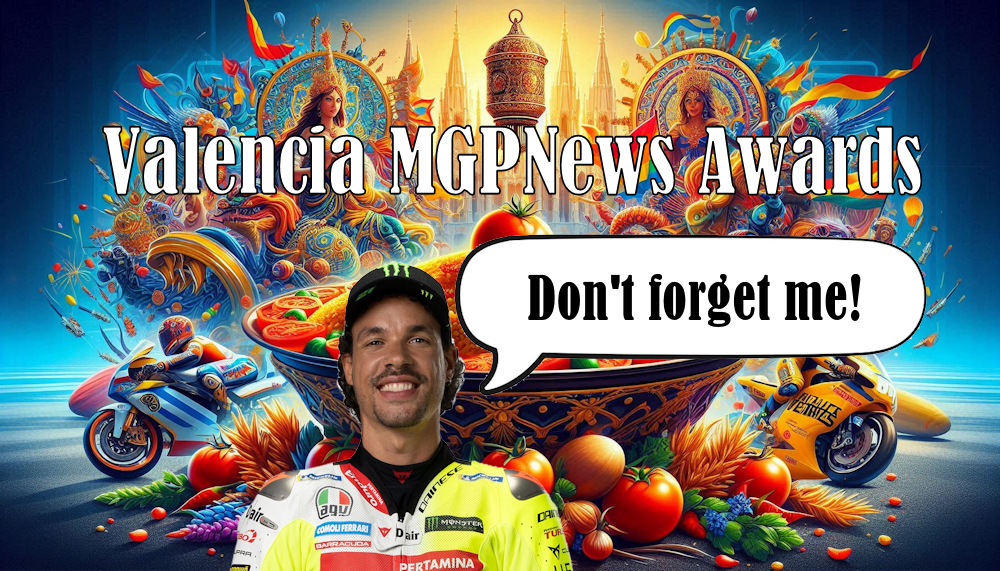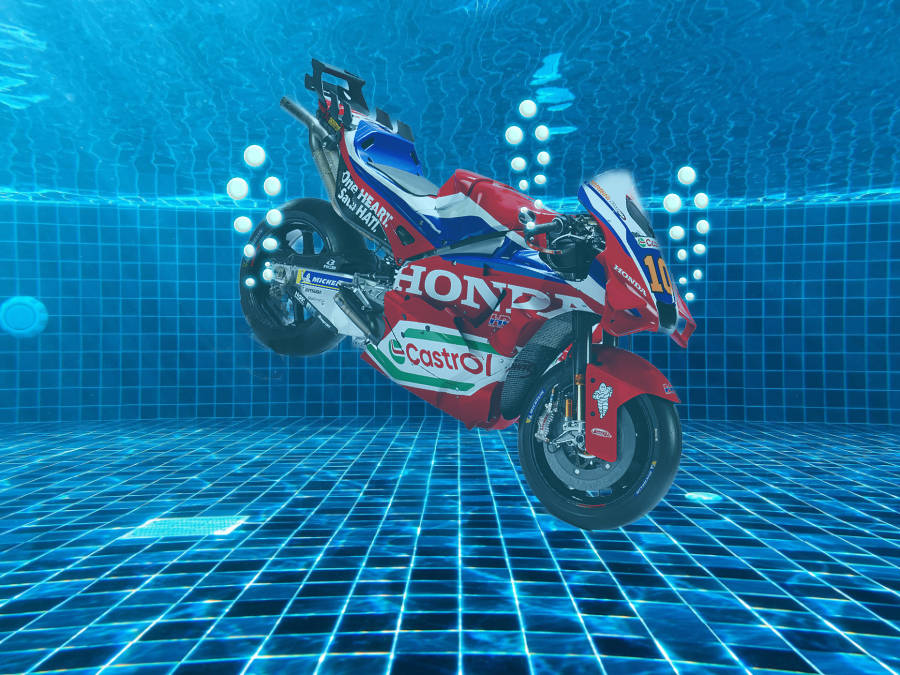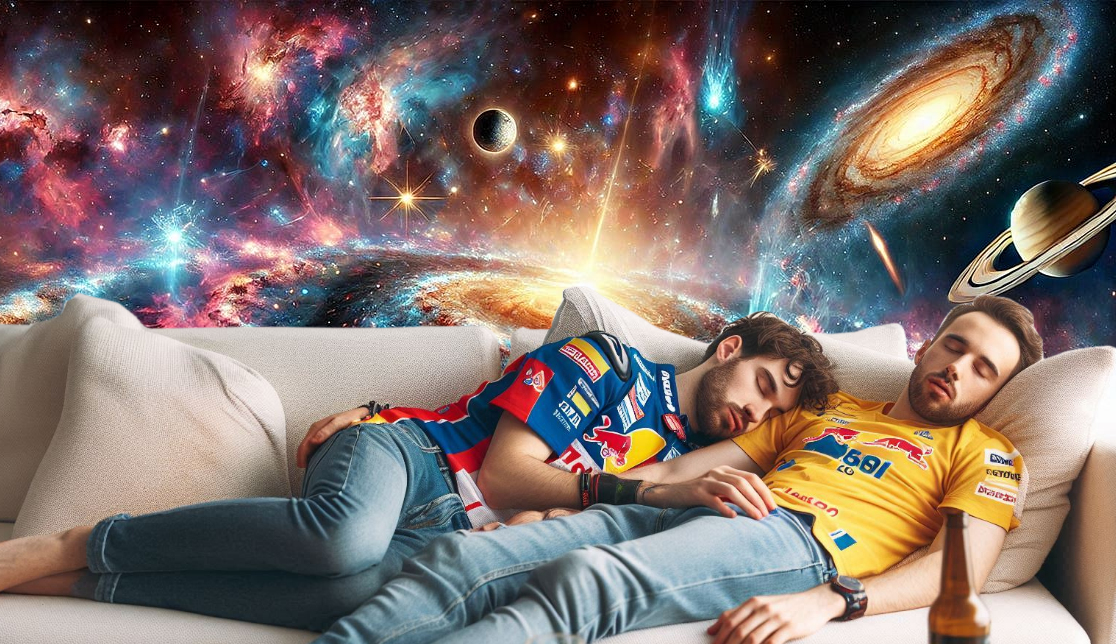There has been controversy recently about the decision to let MotoGP teams add “stability control” to their bikes. Most of the argument has involved people asking, “What the hell is stability control?” The consensus seems to be that it is a mildly tarted-up version of traction control that makes the on-throttle highside even more extinct than it already is in the premier class. Clearly it has been introduced to help everybody look a bit less talentless next to Marc Marquez.
But what other “-ility” control systems does MotoGP have up its sleeve? Our spies in Liberty Media have provided us with the full list:
Irresponsibility Control
– Gives Franky Morbidelli’s bike a huge handful of throttle when he starts cruising on the racing line during qualifying.
Unreliability Control
– Prevents the rear ride height squat device from sticking in the down position during a rider’s best race of the season.
Inevitability Control
– Slows Marc Marquez’s bike down so it takes him a bit longer to sew up the World Championship.
Fragility Control
– There’s no need to grind Jorge Martin’s bones to make your bread. Just gently rub them between your thumb and forefinger and they’ll crumble into a dust-like substance that’s similar to bread flour but with a lower calcium content. Fragility control will give the orthopaedically-challenged World Champ a much-needed dose of Vitamin D to toughen up his skeleton when it detects that he’s about to fall off and hurt himself.
Unpredictability Control
– Smooths out the peaks and troughs of Maverick’s result graph to make it look a tad less Himalayan.
Vulnerability Control
– Modulates the throttle on Miguel Oliveira’s bike to dodge the other riders, instead of letting them collide with and injure the luckless Portugee like usual. (The electronics for this are believed to come from the 1980s arcade classic “Frogger”, which is a far more accurate simulation of Miguel’s average race weekend than the official MotoGP game.)

Futility Control
– Slows a bike down when it gets within a second of the #93 Ducati, so the rider doesn’t get any big ideas about a brave but futile overtaking attempt on the Spanish Antichrist.
Multiplicity Control
– Reduces the number of bloody Ducatis on the grid.
Senility Control
– Prevents ancient MotoGP bloggers from crashing their motorcycles 4 inches into a journey after trying to set off without removing the front disk lock. Instead of starting the engine, the ECU simply texts the nearest “Senior Living Facility” and asks them to send the men in white coats.
Unrideability Control
– Stops anyone attempting to do a demo lap on the 2002 MotoGP Aprilia RS Cube.
Psychosomaticity Control
– Normally, psychosomatic illnesses are confined to middle-aged cat ladies who claim to suffer from made-up conditions like Long Covid as a subconscious excuse for sitting on the sofa in their jim-jams watching Netflix. Fading Ducati star Pecco Bananas has gone a step further by being the first person to develop psychosomatic tyre and set-up problems. When Pecco starts meekly falling down the race order due to imaginary bike issues, Psychosomaticity Control will kick in and display a message on the #63 Ducati’s dashboard saying “Man up, Princess!”
Hostility Control
– Detects when Marc Marquez and Valentino Rossi are about to walk past each other in pit lane, and forces them to acknowledge each other’s presence with a “dude nod” and a brief fixed smile that doesn’t quite reach the eyes.




